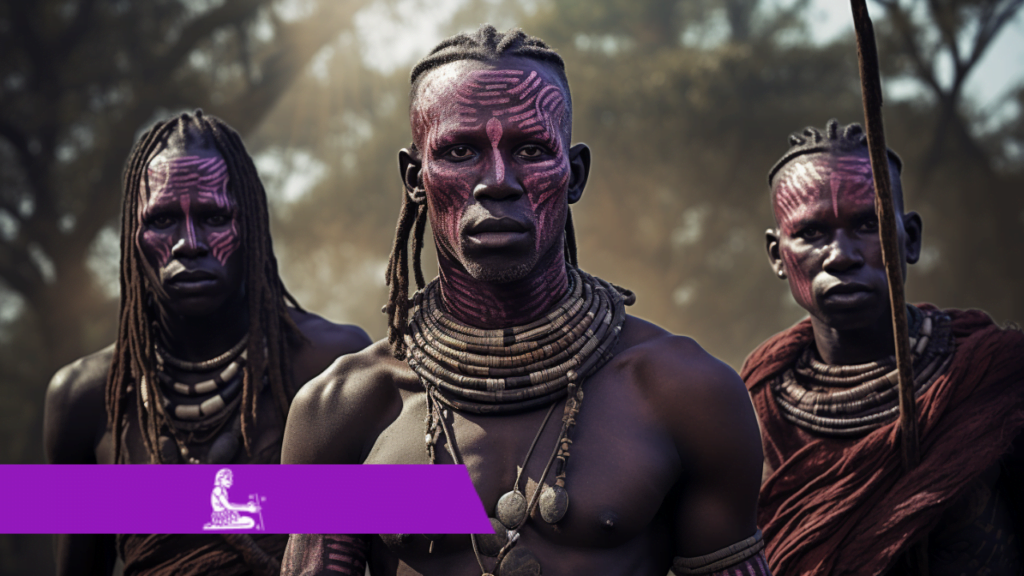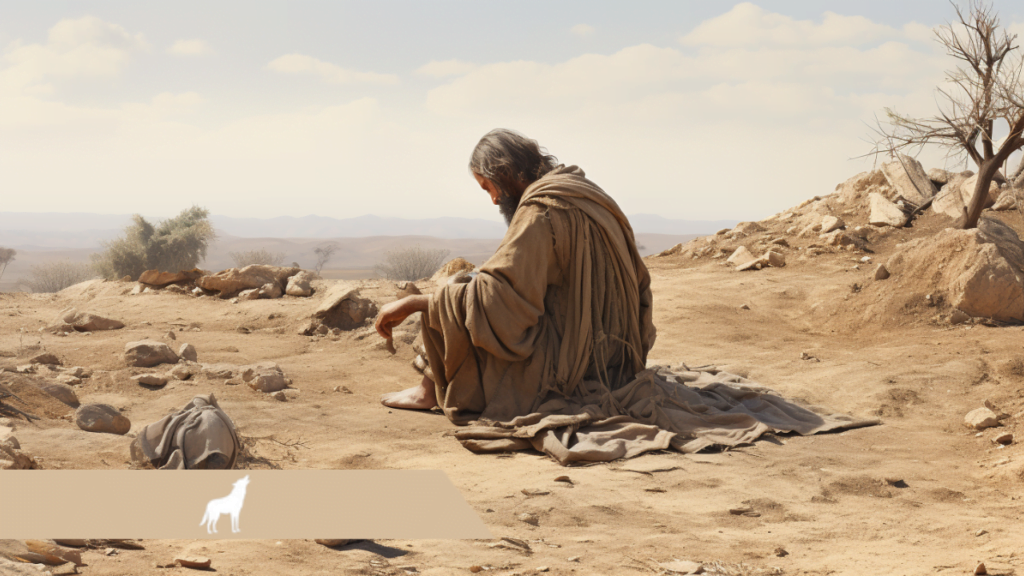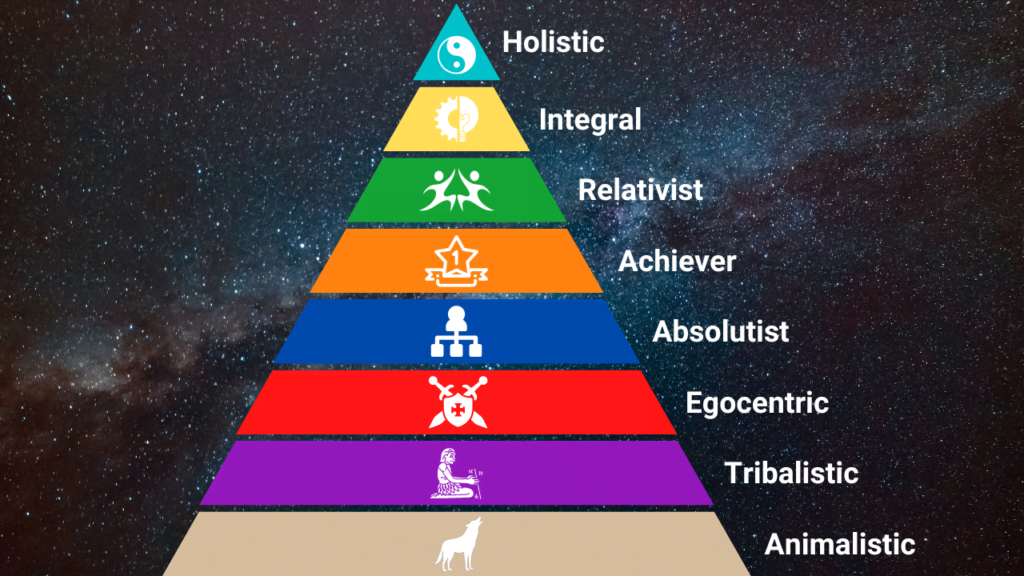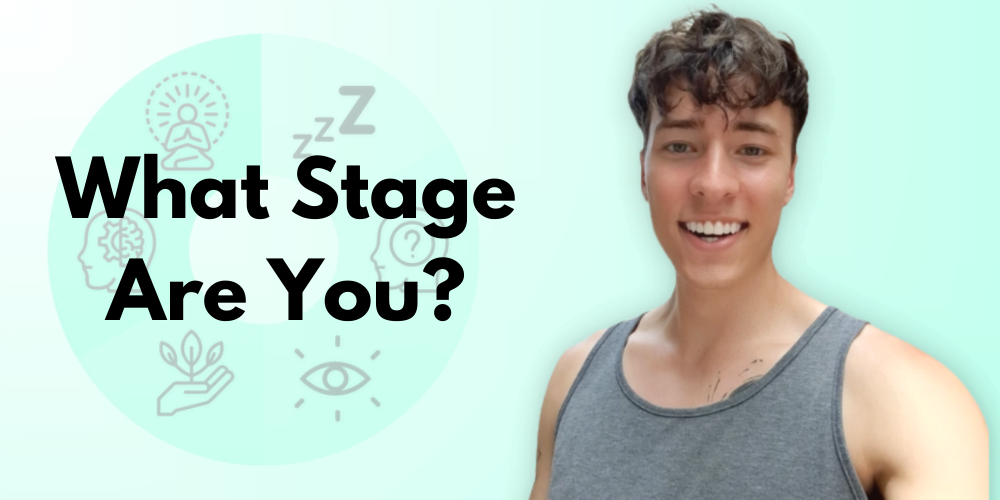What Is Spiral Dynamics Stage Turquoise?
Stage turquoise is the 8th stage of the spiral dynamics model. It comes after stage yellow, but before stage coral (which is not always included in the model). Stage turquoise is characterized by holistic thinking. It is the stage of self-transcendence and global collectivism. Universal Holism and Collectivism Turquoise understands that the world’s problems can’t be solved simply with systemic understanding like stage yellow believes. Stage turquoise knows the value of community efforts. Stage turquoise wants to understand the universe from an infinitely interconnecting perspective where all is connected to some degree. This is where nondual thought originates Everyone is allowed to be freely individual and independent in turquoise, yet they come together in community to help one another and solve world problems. Self Transcendence The boundaries between self and the world around you begin to dissolve in stage turquoise. Deep deconstruction of your previous ideas of what physical reality is begins to occur. Your self and individual personality are viewed as completely inseparable from the reality around you. There is no separation between these in stage turquoise. A classic stage turquoise experience is that of ego death, which is the experience of dissolving the sense of self completely. Mystical Knowledge Turquoise combines scientific knowledge, with logic, emotions, & spiritual truth. The thinking done in stage turquoise is holistic and perfectly balanced. Consciousness itself becomes the fascination in this stage. As one dives more deeply into consciousness they discover existential truths that are mystical in nature. Another name for the mystical knowledge in stage turquoise is metaphysical knowledge. Stage turquoise understands that God exists and it is not a man in the sky, but rather it is everything that exists. Everything that is in the universe and consciousness itself is God. More importantly than knowledge to turquoise is being itself. Stage turquoise values being over having and knowing. Turquoise understands that true wisdom resides in the present moment. Examples Turquoise makes up less than 1% of the population, so turquoise individuals are few and far between! Here are a few examples of what turquoise looks like: Infinitely Expanding Stage turquoise is one of the largest of the stages because of how deeply you can go into stage turquoise. This is where universal understanding expands exponentially. There are parts of stage turquoise you may not even believe are possible. For example stage turquoise abilities include: This may seem completely impossible if you are a tier 1 individual. Usually only tier 2 thinkers are able to fathom and hold these as possible. Reality becomes deeply magical and mystical to turquoise, and with deep understanding of it allows for seemingly impossible abilities to develop. In this way stage turquoise is truly the most amazing and beautiful stage of spiral dynamics. It is also the most difficult spiral dynamics stage to develop to. This is why less than 1% of the population are stage turquoise. Find out what stage of spiral dynamics you’re in. Take the free quiz here.










